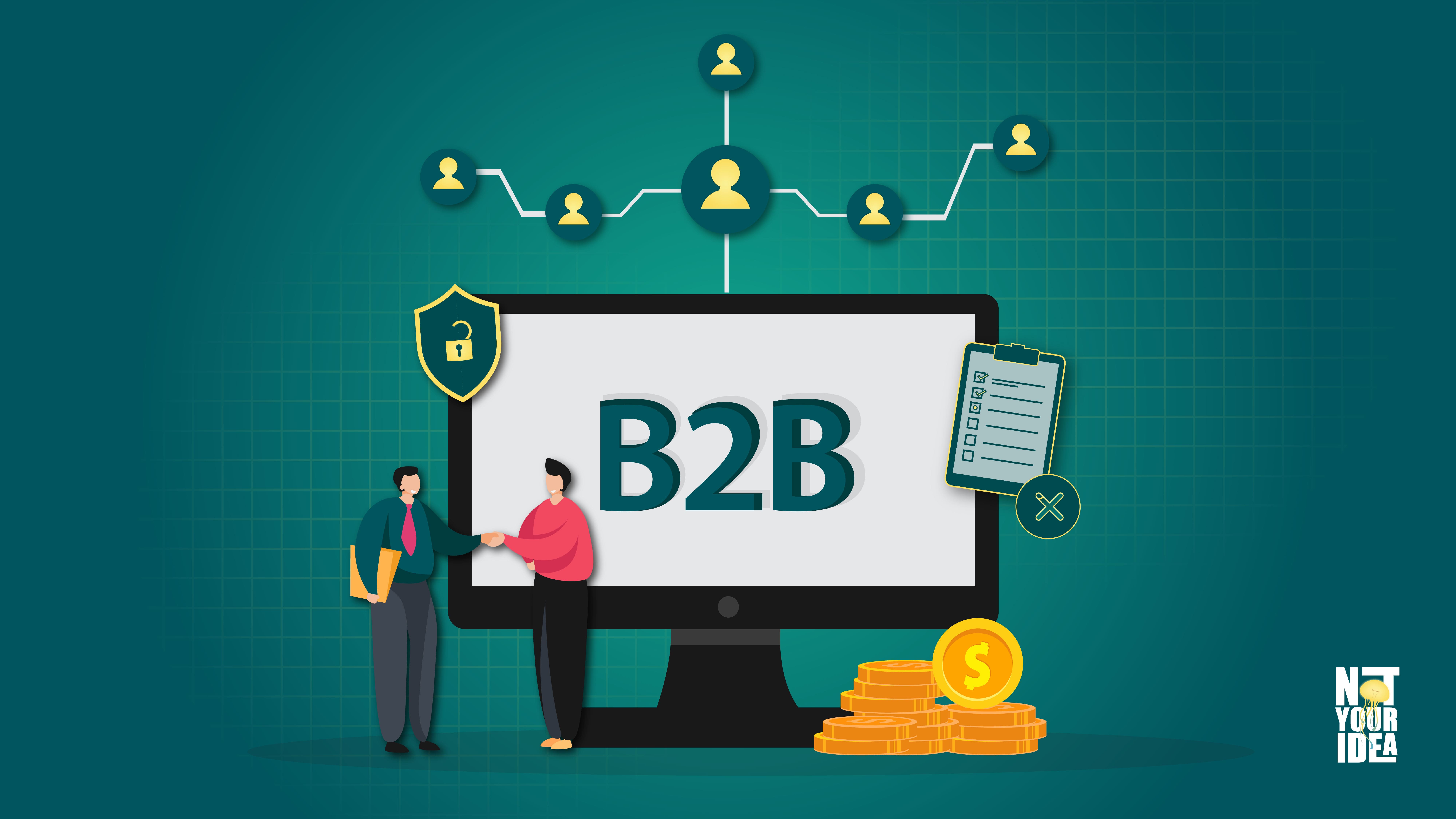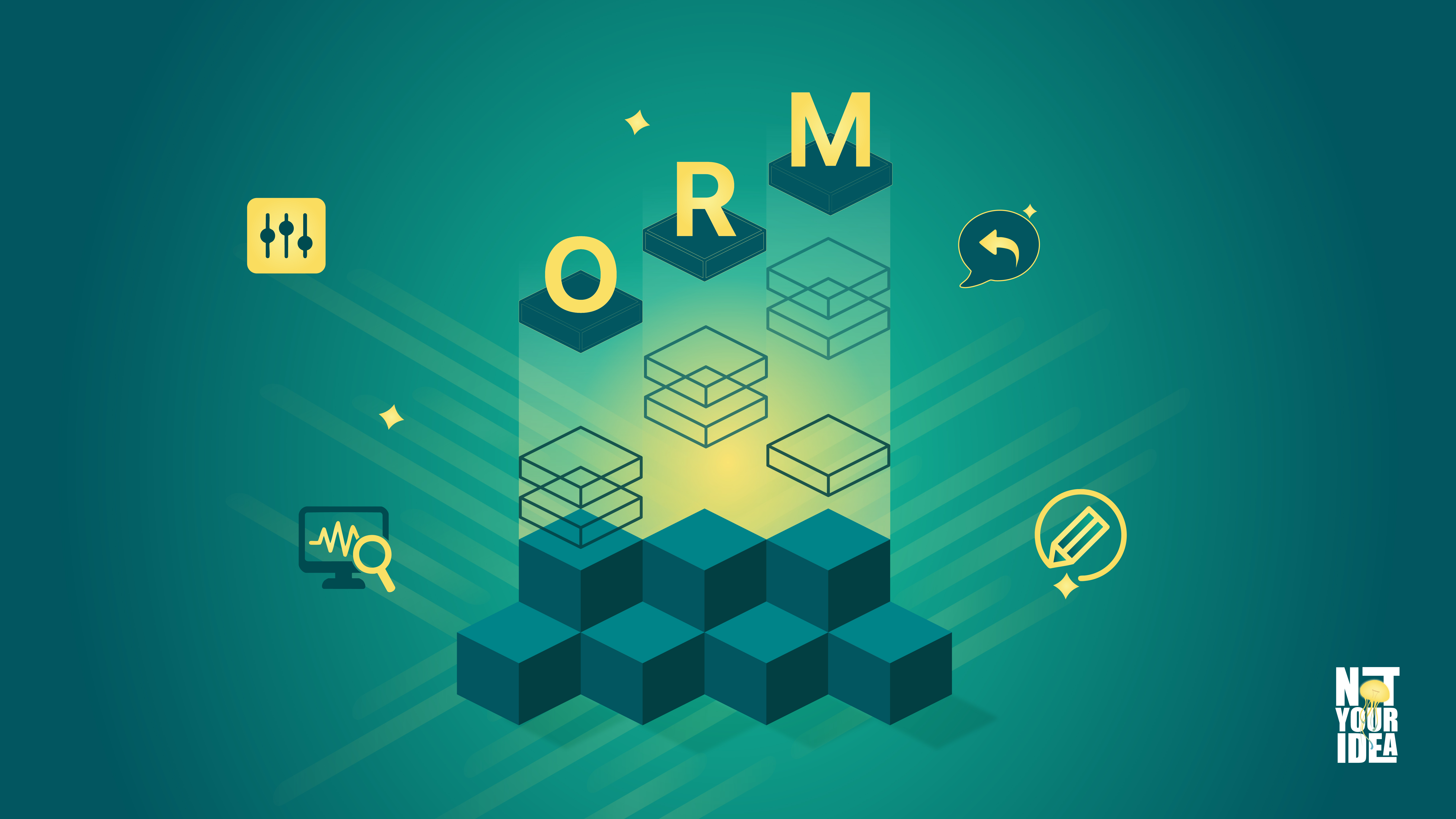Let's be honest: digital growth can feel like walking a tightrope. Today’s B2B companies are turning to technology to open up opportunities, but it’s also important to know that it can trip them up just as quickly. Here are 5 critical tech challenges that B2B companies have to navigate on their way to digital growth—and how they can overcome them.
Top 5 Tech Challenges B2B Companies Face In Digital Growth
The Lag Of Legacy Systems
Many established B2B firms still rely on old platforms that can’t keep up with today’s agile, cloud-driven environment. Integrating new digital tools with these legacy systems is possible, but there’ll be a lot of obstacles in between. It’s time-consuming to absorb newer tools, and with its lengthy data, the IT team will spend more time and effort trying to make things work instead of moving forward.
In addition, keeping legacy systems running can be costly for organizations. They incur higher maintenance expenses, and these systems often operate more slowly or fail more frequently, which undermines productivity.
Organizations must upgrade or replace legacy systems to derive any real benefit from digital tools. Modernizing allows them to easily interface with new technologies, accelerate their workflows, and reduce future maintenance costs.
Data Disconnection
Although B2B companies are open to adopting tech, they frequently utilize distinct technologies in each department without anticipating how that technology will interface. In many instances, customer records, financial data, and operational data are each clipped in their own data silo. Online and offline experiences and campaigns lack integrations too. This makes it impossible to grasp feature information about the client's wants, and hinders performance insights.
Integrating this data at a later point is time, effort, and cost prohibitive. Often, tailored B2B solutions and pricing strategies depend on consolidated data that get harder to execute due to these silos. The better solution is to either create a data hub or utilize low-code integration platforms to unify the data collection process, and pave the way to actionable insights.
The Stresses of Cybersecurity Risks
As B2B solutions grow more connected, every new API (Application Programming Interface) or cloud instance introduces more attack surface area. This just means that skilled hackers can now target supply chains, partner networks, and third-party integrations too. Just one breach can lead to losing client data and multiple regulatory fines, both severe consequences for B2B businesses that function on trustworthiness.
Organizations should go beyond the tech security basics to build security-by-design (SbD), i.e. integrating protection into every part of the system. This also involves using AI to identify threats in real time, making everyone or everything verify their identity before gaining access. It also implies testing your own defenses by simulating an attack (penetration testing), as well as training your staff to avoid putting data at risk (employee phishing training).
Budget Constraints and Reluctance
Digital transformation requires some serious investments, especially in the highly competitive B2B environment. From license fees and infrastructure upgrades to training and change management, the costs keep adding up. Often, executives view these as discretionary expenses; there’s reluctance to line-item enough of an expense to justify the investment in a transformative program. Mid-sized companies find themselves stuck in this dilemma, and often, the wait has heavy consequences.
What can B2B leaders do about this? Frame digital projects as a strategic investment for the organization! This involves establishing clear business case justification, upfront definitions of success (for measurement), and quantifying early wins through pilots and case studies. Once the skeptics see tangible ROI—from better process efficiencies to generating real revenue—they can become advocates for further digital transformation initiatives.
Skill Gaps and Constant Change
Even when B2B companies are excited about new technology, they often hit two major roadblocks. Firstly, set in their ways after using the same tools for years, some teams resist change. Intimidated by the sheer speed of progress, the digital era can make some employees feel unprepared. At the same time, there’s a talent war for an expert in AI, quantum computing, data analytics, and cybersecurity (to name a few).
The path forward for B2B organizations is to win employee commitment through training and clear communication of expectations. They should also invest in skill development, offer hybrid work arrangements, and build a strong employer brand to engage and retain the talent they need. The stronger the organization from within, the better the positioning against other B2B companies (and competitors).
Overcoming the Hurdles
Ultimately, mastering digital growth isn't about how cool your tools are; it's about aligning your people and processes around a vision. Instead of looking at technology as add-ons or perks, B2B organizations need to be able to integrate modern tools and merge technology upgrades with changes in culture. When these five areas fall into place, the tightrope between opportunity and meaningful change starts to feel more like a clear path forward.
FAQs
Which of the Following is a Key Challenge in B2B E-commerce?
One key challenge in B2B e-commerce is relying on outdated legacy systems that don’t communicate with modern platforms. This creates data silos, forces costly custom integrations, and slows down order processing and customer service.
What is a B2B Digital Platform?
A B2B digital platform is an online system that connects businesses with suppliers, partners, or clients to streamline transactions and workflows. It centralizes catalog management, order processing, and data analytics to improve efficiency and visibility across the supply chain.
Do Google Ads Work for B2B?
Yes, when campaigns are precisely targeted and the offer is clear, Google Ads can drive high-quality B2B leads. It can do so by leveraging intent-based keywords, tight audience filters, and solution-focused landing pages to capture decision-makers actively searching.
Which Platform is the Best Platform for B2B?
LinkedIn, Facebook, and Instagram are the most effective platforms for B2B social media engagement, with LinkedIn being the best for traffic and lead generation.
What is a B2B Customer Relationship?
In a B2B customer relationship, one company continuously provides products or services to another company, based on trust and mutual goals. A B2B customer relationship is about customized solutions, ongoing support, and merging goals to maximize productivity and profit for both businesses.



